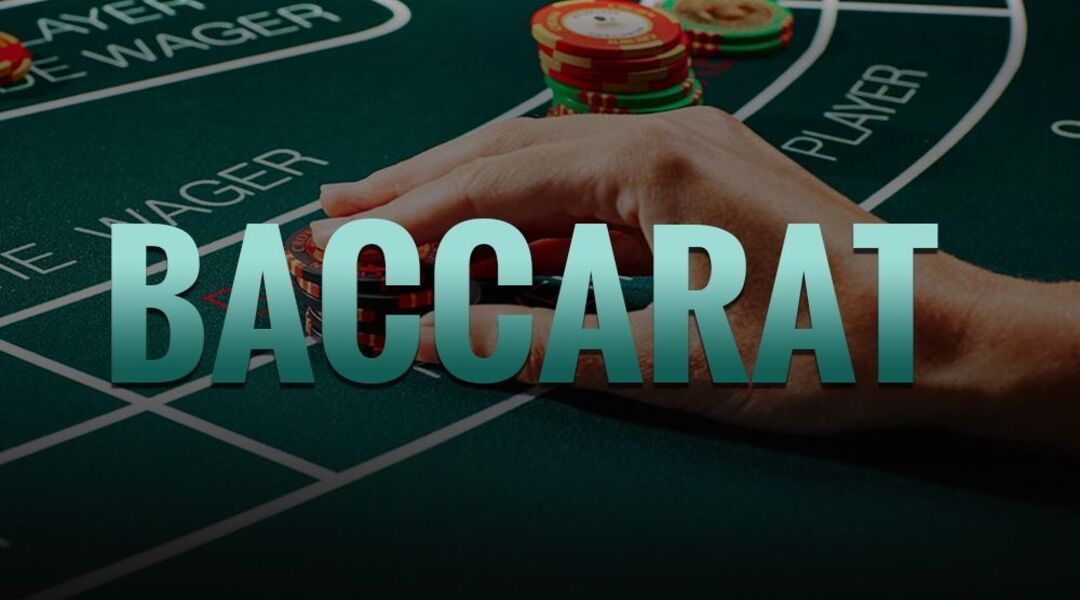Mastering Baccarat: A Comprehensive Guide to Basic Strategy

Baccarat has long held a unique position in the world of casino games. With its elegant simplicity and favorable odds, it attracts both high-rollers and casual players alike. Unlike games that rely heavily on complex decision-making, baccarat offers a straightforward approach, yet a deep understanding of its basic strategy can significantly improve one’s chances of success. This review aims to explore baccarat’s fundamental strategies, uncover the truths behind common patterns, and provide actionable insights for anyone looking to refine their play.
Understanding the Essentials of Baccarat
Baccarat is played between two hands: the Player and the Banker. Each hand receives two or three cards, and the objective is to bet on which hand will achieve a total closest to nine. The game’s simplicity is appealing, but within that simplicity lies an essential strategic foundation.
The cards in baccarat are valued in a specific way. Cards two through nine are worth their face value, aces count as one, and tens, jacks, queens, and kings are valued at zero. If the total exceeds nine, the second digit of the total becomes the hand’s value. For example, a hand consisting of a seven and an eight (totaling fifteen) is valued at five.
The house edge in baccarat is among the lowest in casino gaming. Betting on the Banker hand typically comes with a house edge of approximately 1.06%, while betting on the Player carries a slightly higher edge of around 1.24%. The tie bet, often tempting due to its high payout, bears a substantial house edge of roughly 14.36%, making it the least favorable option in the long run.
Baccarat Basic Strategy: Key Principles
The baccarat basic strategy focuses on minimizing losses by consistently placing bets with the best statistical advantage. Unlike games like blackjack, baccarat offers fewer player decisions, but selecting the optimal wager remains crucial.
The foundation of the baccarat basic strategy rests on consistently betting on the Banker. Over thousands of hands, the Banker bet statistically wins more often than the Player bet, with the Banker winning around 45.86% of the time, the Player winning approximately 44.62%, and ties occurring about 9.52% of the time.
This advantage is not a coincidence. The Banker’s slightly better odds stem from the game’s drawing rules, which favor the Banker in more scenarios. Even after accounting for the standard commission (usually 5%) charged on Banker wins, the Banker remains the statistically superior choice.
It is also important to approach the tie bet with caution. Although the tie offers attractive payouts, it is statistically the least favorable bet due to its low probability of occurrence. Players who adhere to the baccarat basic strategy generally avoid betting on ties to maintain a long-term edge.
Debunking the Myth: Baccarat Patterns and Tracking Systems

One of the most common misconceptions in baccarat is the belief that outcomes follow identifiable patterns that can be predicted and exploited. Many players track results across multiple shoes, looking for streaks or alternations between Banker and Player wins, hoping to ride trends or anticipate reversals.
Terms like “baccarat pattern strategy” often circulate among players seeking a system that provides an edge. However, while tracking patterns may appear to offer insights, each round in baccarat is statistically independent. The results of previous hands do not influence future outcomes. Baccarat does not operate like games of skill or memory; it is a game of probability governed by fixed mathematical odds.
Despite this, casinos often provide players with scorecards and pens to track results, perhaps because it adds an engaging psychological element to the game. Players may record all possible baccarat patterns, such as streaks of consecutive Banker wins, alternations between Player and Banker, or clusters of ties. This practice can create the illusion of control, but it is crucial to recognize that baccarat patterns are observational rather than predictive.
While some players find personal rhythm or entertainment in following a baccarat pattern strategy, relying on these patterns to make betting decisions lacks statistical support. A disciplined focus on the best-value bets remains the most effective approach.
Common Baccarat Patterns Observed by Players
Although baccarat outcomes are random and independent, players often categorize patterns into several familiar forms. Below is a table summarizing all possible baccarat patterns frequently tracked by enthusiasts:
| Pattern Name | Description |
|---|---|
| Banker Streak | Consecutive Banker wins |
| Player Streak | Consecutive Player wins |
| Alternating Pattern | Banker and Player wins alternate consecutively |
| Clumping | Wins cluster around one side for a stretch |
| Tie Clustering | Multiple tie results occur within close sequence |
These patterns are commonly noted during gameplay and contribute to the game’s mystique. However, players must remember that recognizing patterns does not provide a mathematical edge.
Practical Tips for Applying Basic Baccarat Strategy
For players looking to integrate the baccarat basic strategy into their sessions, the following practical steps can help maintain discipline and maximize their chances:
- Always Favor the Banker Bet: Statistically, this is the strongest bet across thousands of hands.
- Avoid the Tie Bet: Despite its tempting payout, its high house edge makes it a poor choice.
- Ignore Pattern Tracking: While it can add excitement, it does not provide a reliable predictive advantage.
- Set Betting Limits: Baccarat is fast-paced, and having clear win and loss limits helps maintain control.
- Stick to Flat Betting: Consistently betting the same amount per hand reduces exposure to rapid bankroll swings.
- Understand Commission Implications: The standard 5% commission on Banker bets should always be factored into potential returns.
Following these guidelines helps cultivate a more strategic approach to baccarat, focusing on statistically sound decisions rather than emotion-driven bets.
The Role of Betting Systems in Baccarat
Throughout the history of baccarat, numerous betting systems have been developed to capitalize on perceived trends and to manage bankrolls. Systems such as the Martingale, Fibonacci, and Paroli are frequently applied to baccarat tables by players seeking to recover losses or capitalize on winning streaks.
- Martingale System: Involves doubling the bet after each loss to recover previous losses with a single win.
- Fibonacci System: Uses a sequence-based progression to determine bet sizes following losses.
- Paroli System: A positive progression strategy that increases bets after wins to capitalize on hot streaks.
While these systems can influence short-term outcomes and add structure to betting, they do not alter the fundamental odds of baccarat. Each hand is independent, and no system can guarantee sustained profitability. These approaches may appeal to players interested in bankroll management but should be used with caution and a clear understanding of risk.
House Edge and Payout Comparisons
It is useful to examine the statistical advantages and payout structures in baccarat to understand where the true opportunities lie. The following table provides a clear breakdown:
| Bet Type | House Edge | Approximate Win Rate | Standard Payout |
|---|---|---|---|
| Banker | 1.06% | 45.86% | 1:1 minus 5% |
| Player | 1.24% | 44.62% | 1:1 |
| Tie | 14.36% | 9.52% | 8:1 or 9:1 |
These figures highlight why the Banker bet is consistently recommended within the baccarat basic strategy. Although the commission reduces its payout slightly, its higher win rate compensates over time.
Managing Expectations in Baccarat
One of the most valuable aspects of understanding baccarat is setting realistic expectations. Baccarat is a game of chance with a modest skill element related to betting selection. Unlike games that require advanced card counting or strategic play adjustments, baccarat’s structure limits player influence to the choice of bet.
It is also essential to recognize that no strategy or system can eliminate the house edge. The best approach focuses on making decisions that offer the lowest edge against the player. The allure of baccarat often lies in its perceived simplicity and elegance, but disciplined play and informed decision-making are what separate casual entertainment from more serious, strategic sessions.
By understanding the principles behind the baccarat basic strategy and acknowledging the nature of baccarat patterns, players can approach the game with greater awareness and confidence. Mastery in baccarat does not come from chasing trends or complex systems but from adhering to fundamental strategies that maximize the statistical advantage.